Frequency range: 26.5- 28MHz SWR: ≤1.2:1 Max. power: 35W continuous 250W Short time Bandwidth at S.W.R. 2:1: 1900KHz Impedance: 50ohm Whip length: 1200mm Adjustment: 0~90° Cable Length: RG58/157" Po...
See DetailsCan a CB Antenna Survive Harsh Weather Conditions?
The reliability of Citizen Band (CB) radio communication often hinges on one critical exterior component: the CB Antenna. A common and valid concern among users is whether a typical CB Antenna can endure severe weather conditions – from blistering sun and driving rain to ice storms and hurricane-force winds. The answer, grounded in engineering and practical experience, is a qualified "yes," but resilience depends significantly on specific factors.
1. Material Construction and Corrosion Resistance:
-
The Core Factor: The materials used in the CB Antenna shaft, base, and mounting hardware are paramount. High-quality antennas utilize:
-
Stainless Steel: Highly resistant to rust and corrosion, especially grades like 304 or 316, ideal for coastal (salt spray) or high-humidity environments.
-
Marine-Grade Aluminum: Offers good strength-to-weight ratio and inherent corrosion resistance, often anodized for extra protection.
-
UV-Stabilized Plastics/Fiberglass: Critical for coil housings and base insulators. Premium materials resist becoming brittle and cracking under prolonged UV exposure.
-
-
Weak Points: Lower-cost antennas may use lesser grades of steel or aluminum, or plastics prone to UV degradation, leading to premature failure. Regular inspection for rust, pitting, or cracking is essential.
2. Structural Integrity and Wind Loading:
-
Design Matters: Antenna length (whip) significantly impacts wind load. Longer whips (e.g., 102" steel) present a larger sail area.
-
Spring Bases: A heavy-duty spring base is highly recommended. It acts as a shock absorber, allowing the whip to flex violently without transmitting damaging force to the mount or vehicle body.
-
Mount Strength: The antenna mount (roof, mirror, bumper) must be robust enough to handle the constant stress and leverage exerted by the moving whip. Weak mounts fail before the antenna itself.
-
-
Ice Accumulation: Ice adds substantial weight and increases wind load. While a quality whip and spring can handle significant flexing, extreme ice buildup combined with high winds poses the highest risk of bending or breaking.
3. Electrical Protection and Water Ingress:
-
Coaxial Connection: The point where the coaxial cable connects to the CB Antenna base is vulnerable. A high-quality, waterproof connector (e.g., an SO-239 connector with a tight-fitting plastic cap or sealant tape) is crucial to prevent moisture ingress, which causes signal loss (high SWR) and corrosion.
-
Drip Loops: Forming a low point ("drip loop") in the coaxial cable below the entry point into the vehicle prevents water from running down the cable into the radio.
-
Lightning Protection: While no antenna is lightning-proof, a properly installed CB Antenna system includes grounding. A lightning arrestor installed in-line on the coaxial cable, bonded to a verified vehicle chassis ground point, provides a path for induced surges, helping protect the radio and occupants. Note: Disconnecting the antenna during active thunderstorms remains the safest practice.
4. Installation: The Critical Factor
Even the best CB Antenna will fail prematurely if poorly installed. Key considerations:
-
Secure Mounting: The mount must be firmly attached to a structurally sound part of the vehicle, using appropriate hardware (e.g., stainless steel nuts/bolts, lock washers).
-
Proper Grounding: The antenna mount must have a low-resistance electrical connection to the vehicle's chassis ground for optimal performance and safety. Poor grounding is a frequent cause of problems.
-
Cable Routing: Protect the coaxial cable from abrasion, sharp edges, and excessive heat (e.g., exhaust manifolds). Secure it firmly to prevent whipping and connector strain.
A well-constructed CB Antenna, chosen with materials appropriate for the expected environment (e.g., stainless steel for coastal areas) and featuring a robust spring base, possesses inherent design characteristics to withstand significant harsh weather. However, its ultimate survival hinges critically on three pillars: the inherent quality of materials and construction, a correct and secure installation focusing on mount strength and grounding, and proactive maintenance (inspecting for damage, corrosion, and connection integrity). By prioritizing these factors, users can significantly enhance the likelihood of their CB Antenna providing reliable communication through challenging conditions.

 English
English Español
Español
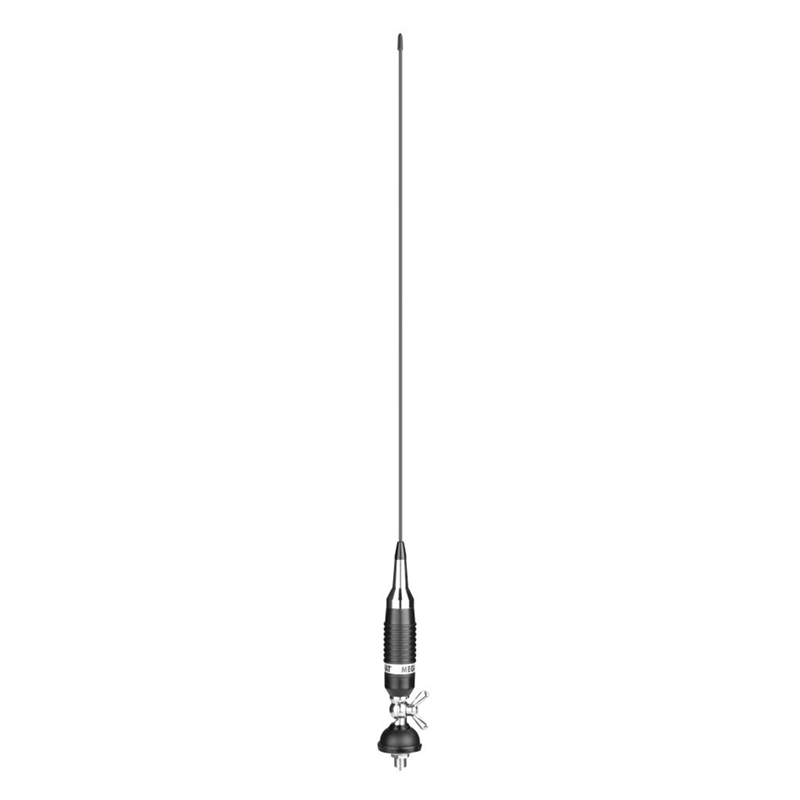
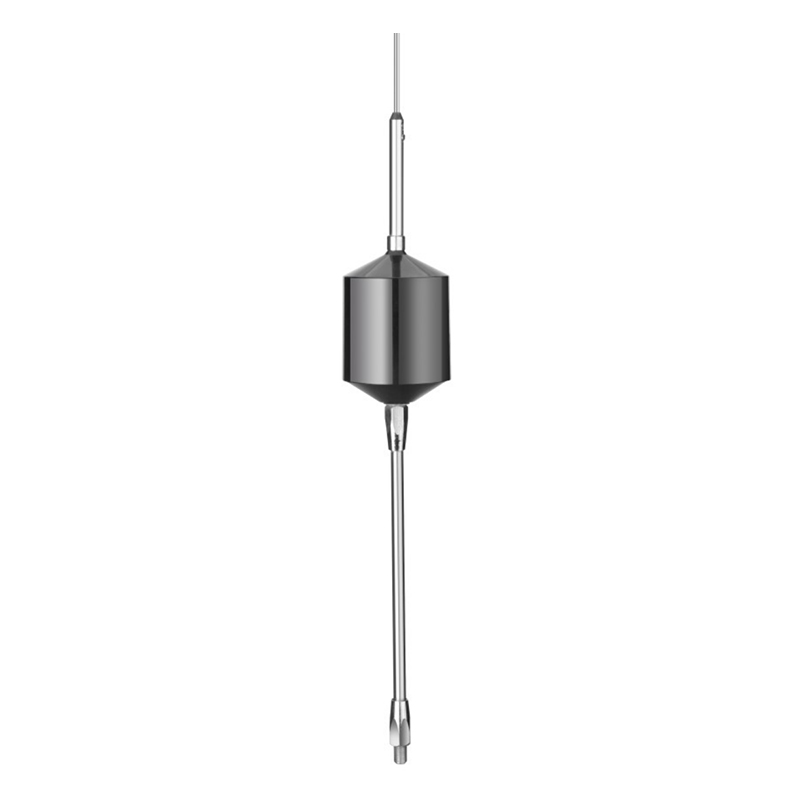
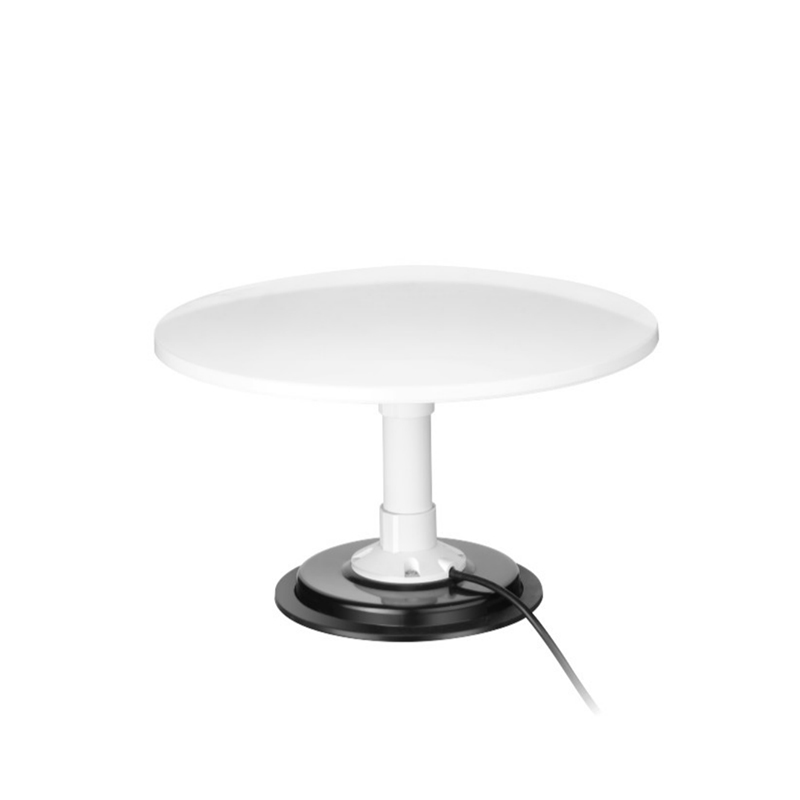
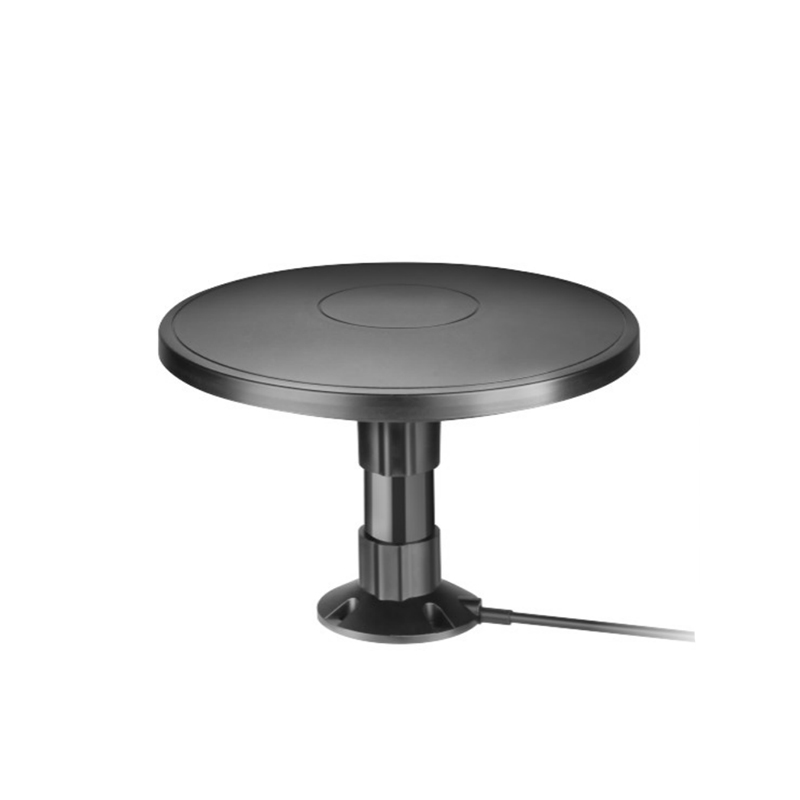
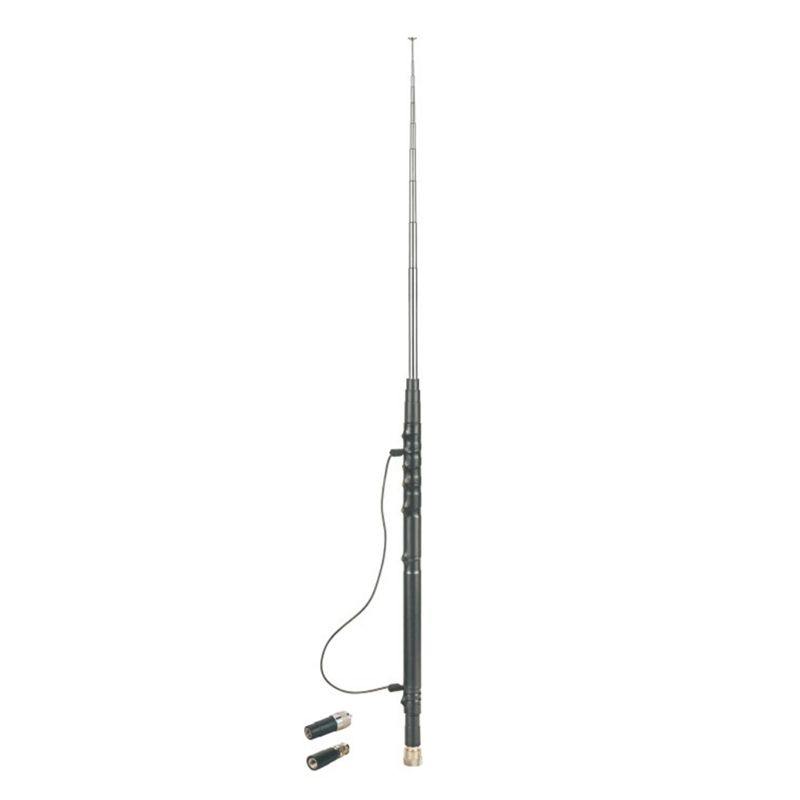
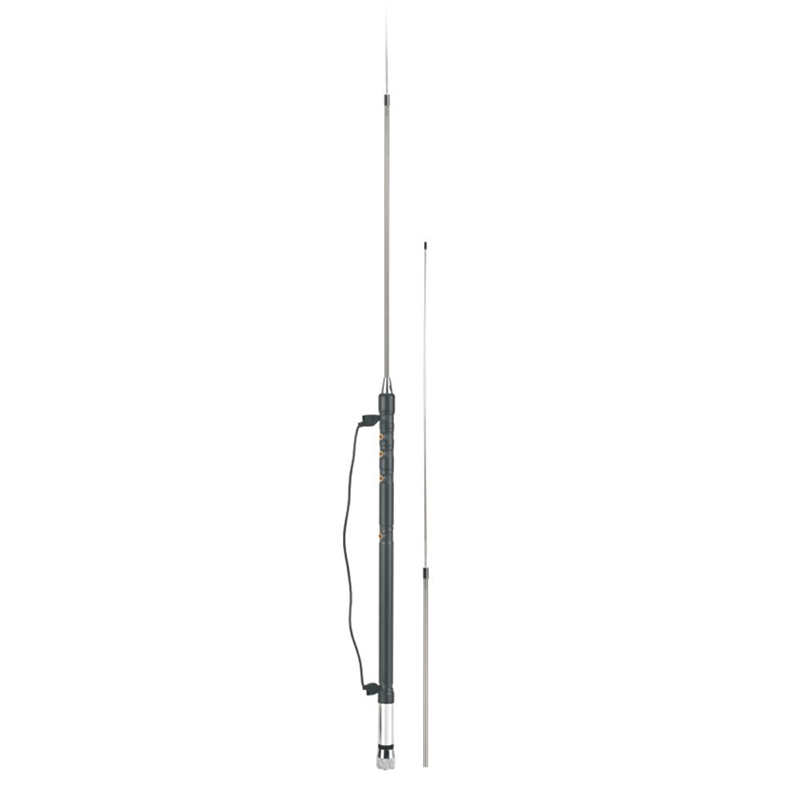
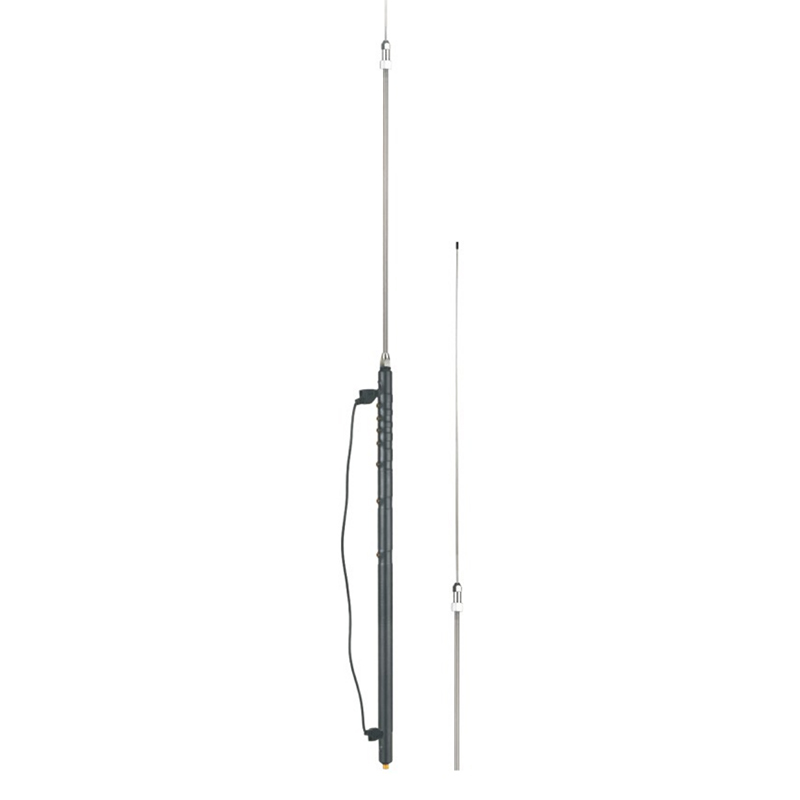
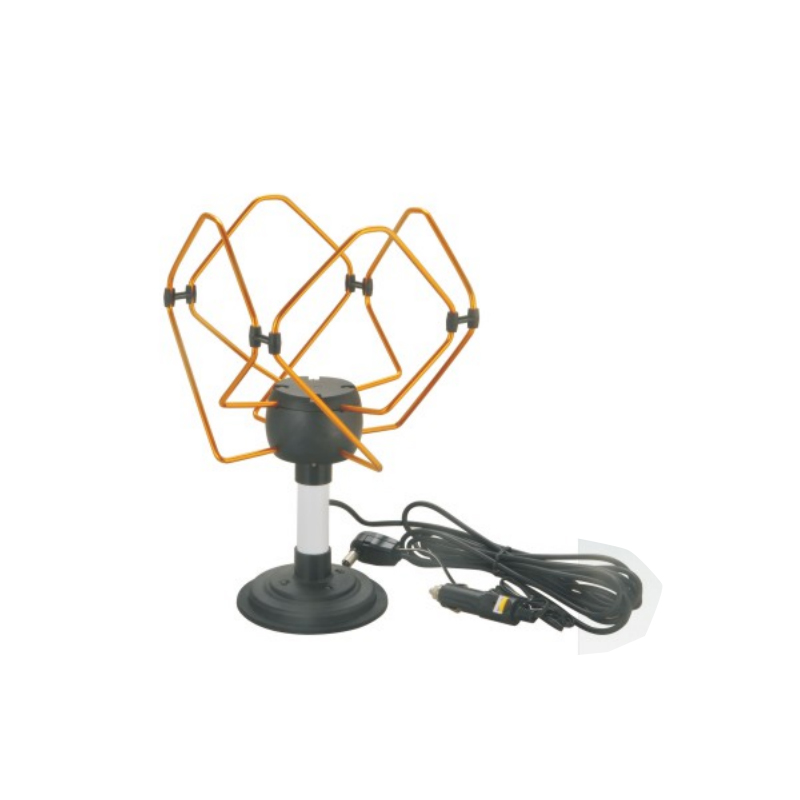
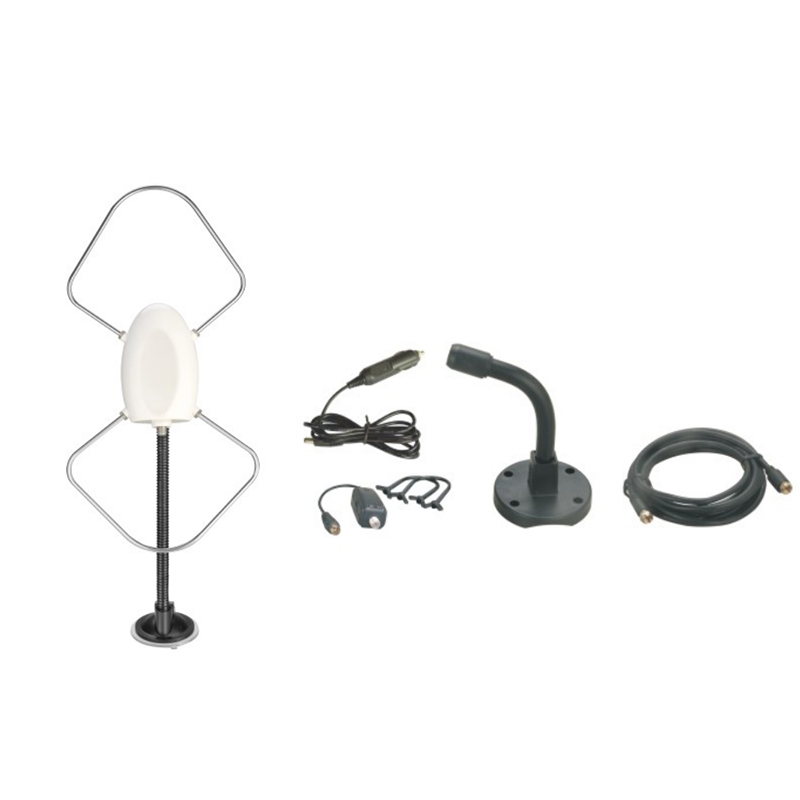
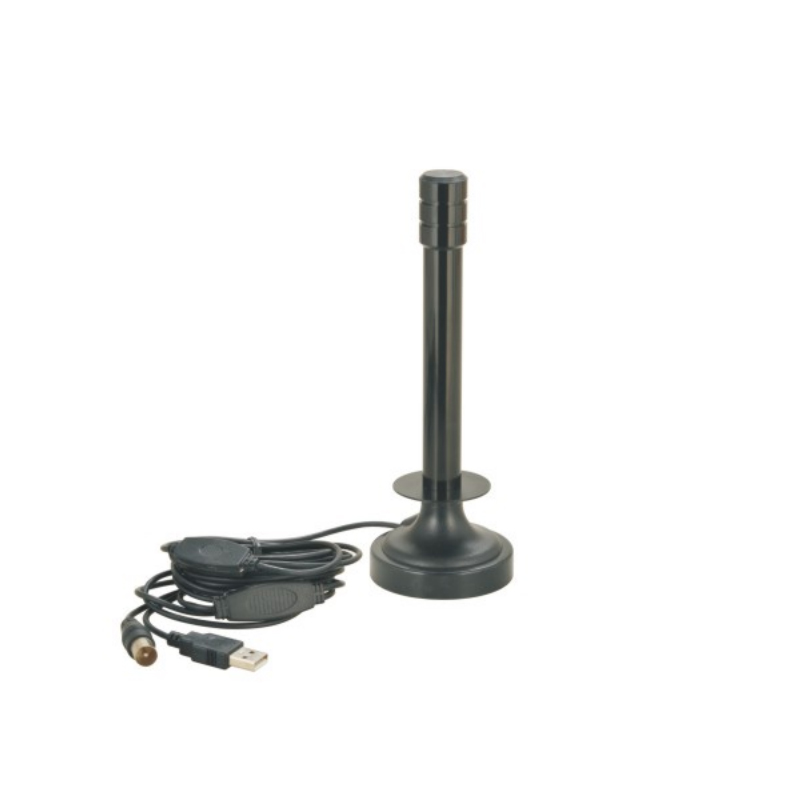
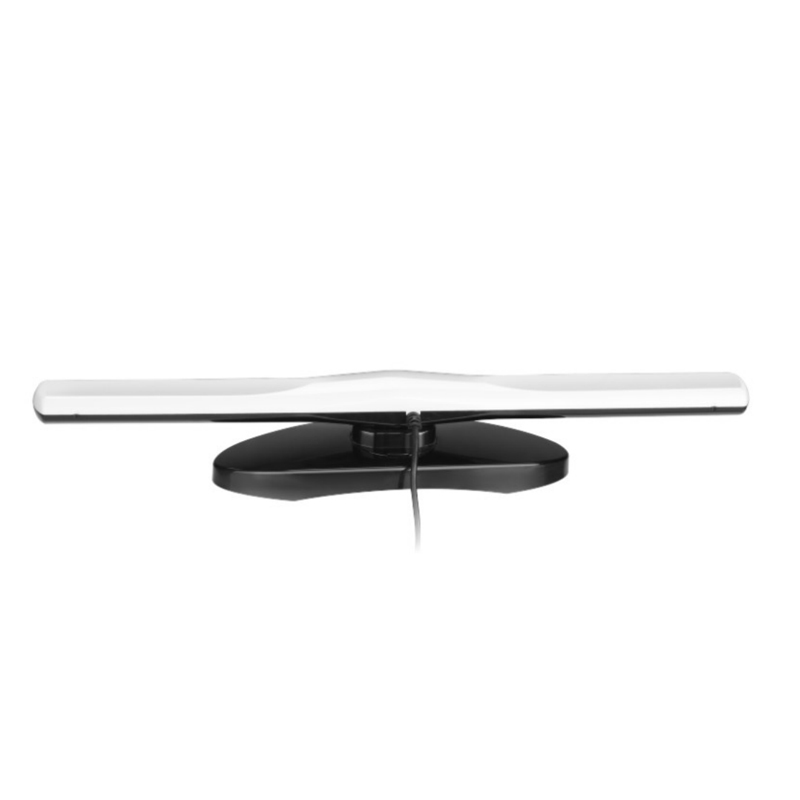


Contact Us